- West Africa has more than $380 billion of active projects, of which $230 billion is under construction. Oil and gas projects still account for the bulk of the construction activity in the region by value.
- West Africa, a region of 17 countries and a combined population of more than 412 million, will increase to 526 million over the next decade. The region has made significant strides over the last decade to improve transport infrastructure and access to electricity.
According to ABiQ, there are more than $380 billion active projects in West Africa. $230 billion is already under construction and $150 billion in the pre-execution phase. Unsurprisingly, the bulk of the active projects by value are in Nigeria, followed by Ghana with 34 per cent and 20 per cent, respectively. The oil and gas sectors are the most active with 30 per cent of the projects, followed by the construction sector with 28 per cent of the projects by value.
Top 5 projects in West Africa are:
Nigeria-Morocco Gas Pipeline
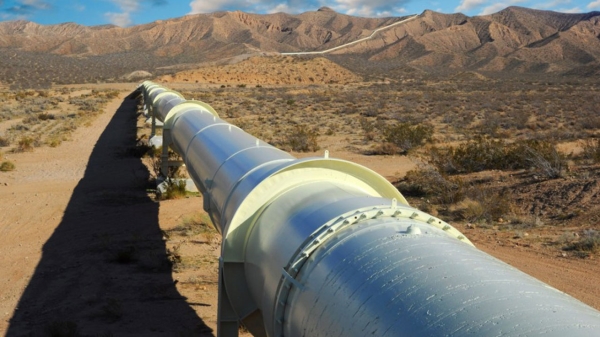
This ambitious pipeline will stretch from Nigeria all along the west coast of Africa to Morocco. More than 5 thousand Kilometres long with an estimated cost north of $25Bn, the pipeline will not only create thousands of jobs but open an entirely new market, connecting Nigerian gas to every coastal country in West Africa (Benin, Togo, Ghana, Cote d’Ivoire, Liberia, Sierra Leone, Guinea, Guinea-Bissau, Gambia, Senegal and Mauritania) – offering them the opportunity to export gas to regional markets., ending at Tangiers, Morocco and Cadiz, Spain. The Pipeline would be completed in stages over 25 years. The gas will provide feedstock for new power plants to address current power shortages and improve the low access to power rates. Still a pipedream at this stage (no pun intended) but will significantly impact the region if and when completed.
Lagos-Calabar Coastal Railway
This 1,400-kilometre line will connect all the Nigerian ports. The rail line is designed as a standard gauge and can handle speeds above 120-kilometres per hour. Developed by the Nigeria Ministry of Transportation and constructed by China Civil Engineering Construction Corporation. The Export-Import Bank of China provides project finance.
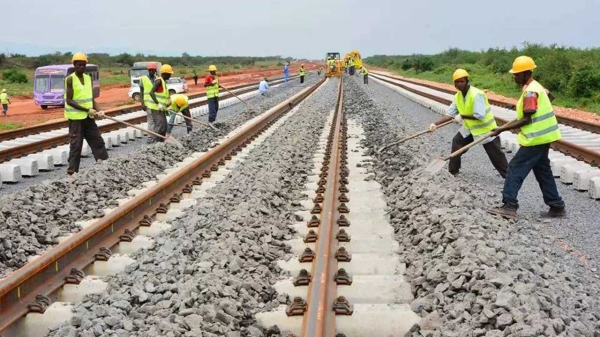
Centenary City Project
Developed by Eagle Hills Properties and Centenary City Developers, this 13 square kilometres mixed-use development will complete by the end of this decade. Julius Berger Nigeria is the lead contractor on this development. When complete, it will host Africa’s tallest building – standing at 326 feet.
The megacity which is near Nnadi Azikiwe International Airport, Abuja, will spread over a total construction area of 91,000 square metres with a total of 236 units of five – bedroom terrace houses. The city also comes replete with a CBD, museum and cultural centre to promote African arts. Also in the design are 40 world class hotels, an 18 – hole golf course, polo and country club, and international conference centre, sports and leisure activities, a safari park, educational institutions healthcare and community amenities.
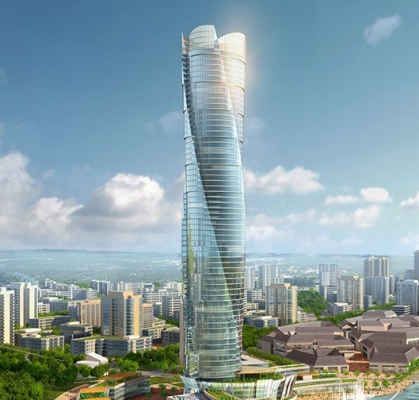
Boke Special Economic Zone Alumina Refinery
In addition to the aluminium smelter, the project also includes the connecting railway line between the mining areas of Santou II and Houda and the port of Dapilon. It is developed by the SMB-Winning Consortium for the Guinea-Bissau Ministry of Natural Resources and Energy.
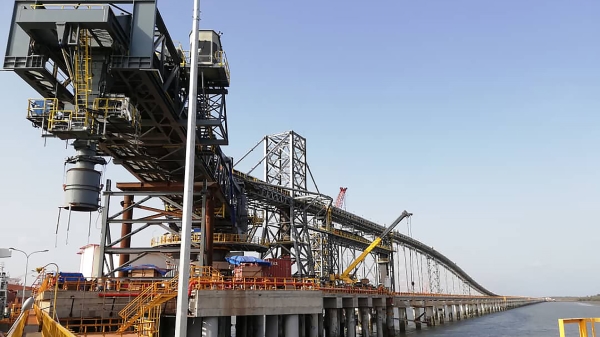
Mambilla Hydropower Project
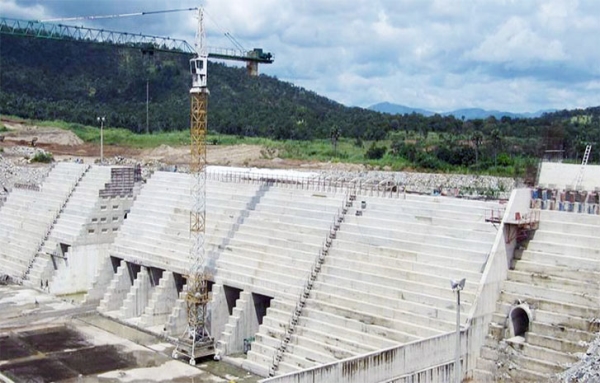
The 3 Gigawatt (3, 050 MW), 12 turbine Mambilla Hydropower project is on the Dongo river in Taraba state in Nigeria. Financed by the Government of Nigeria and The Export-Import Bank of China and constructed by the China Gezhouba Group Company, Sinohydro Corporation Limited and CGCOC Group.
When completed it in 2030, will be the largest power-generating installation in Nigeria, and at US$ 5.8B, one of the largest hydroelectric power stations in Africa.
Source: AbiQ

